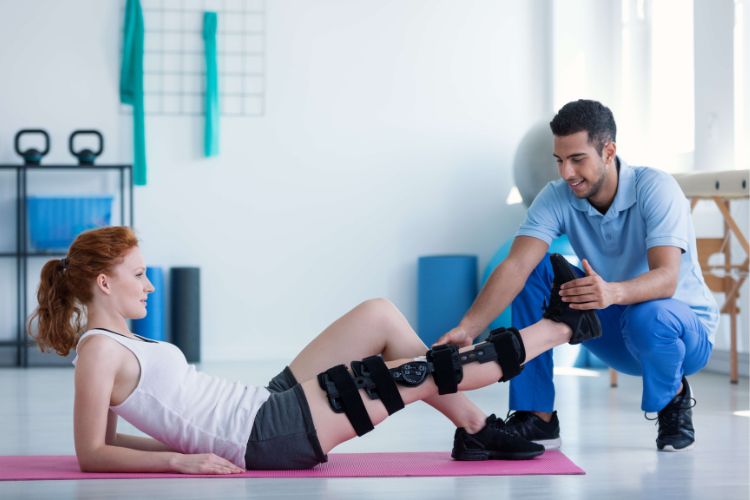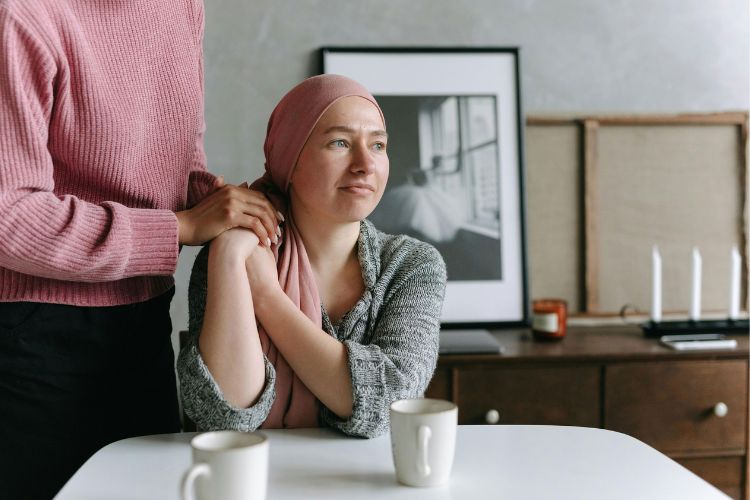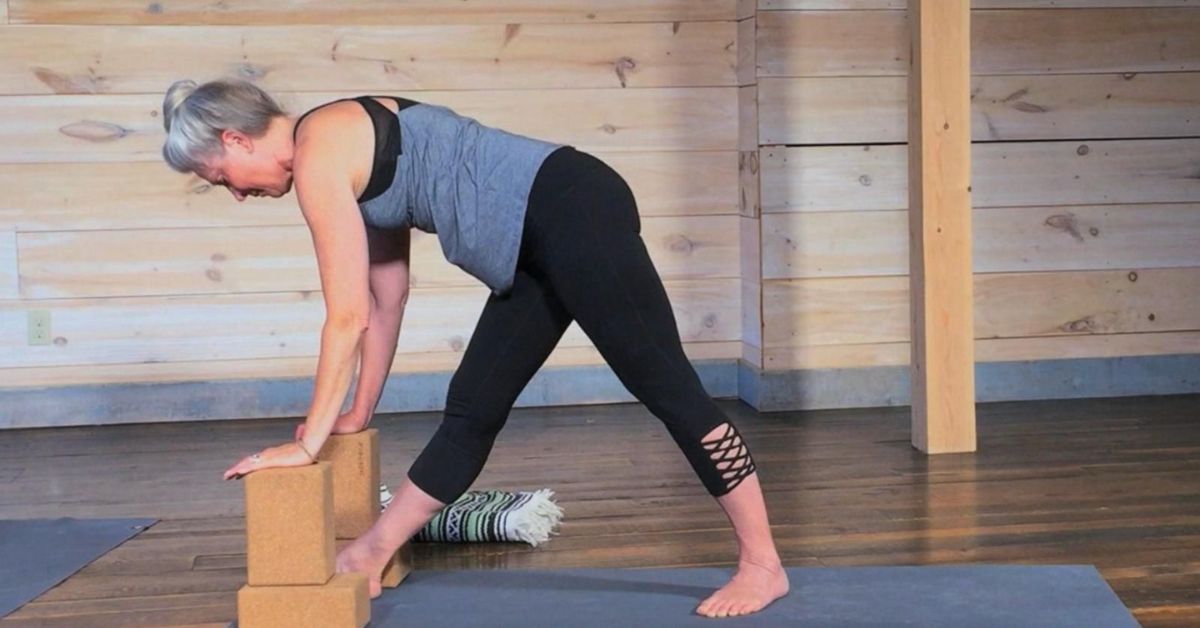Exercises for cancer patients are more than just movements; they’re medicine for the body and mind. After months of treatment and physical therapy, survivors generally feel weak, unsteady, and emotionally spent. Movement is a tremendous opportunity to restore not only strength but also confidence and joy. These can be simple workouts; no fancy gym or equipment is needed, just some space, intention, and hope.
Movement is healing: one rep, one breath, one day.
Stronger Survivors: Strength Training for Cancer Patients
When treatment is over, the healing journey can begin. Adding light physical activity is an essential step in the recovery process. Physical activity is used throughout the surgery process to help with circulation, clear the mind, and build strength. With the proper guidance and trusted cancer survivor resources, survivors can regain function, increase mobility, and lift their mood while decreasing their fatigue.
Foundations First: Safe Ways to Begin an Exercise Journey After Cancer

Before engaging in any program, it is necessary to confront fitness with foresight. Survivors are encouraged to create a customized and safe foundation for movement. First of all, consult a physician, particularly if you are considering strength exercises for cancer patients, to adapt accordingly to the current condition of your body and your limitations.
1. Speak With Your Healthcare Provider First
Each survivor’s experience is unique. Talking to your care team ensures your chosen exercises are appropriate and safe for your current health status.
- Get medical clearance before starting.
- Ask about physical limitations or contraindications.
- Discuss medications that may affect coordination or energy.
- Ensure exercises for cancer patients that are low-risk and beginner-friendly.
2. Set Realistic and Flexible Goals
Don’t rush the process. Focus on small and achievable goals that support long-term progress.
- Start with small 10-minute sessions.
- Track progress with milestones, not just by weight or repetitions.
- Celebrate milestones, even if it’s just ’I feel less tired’.
- Take time to focus on regaining strength after chemo.
3. Comfortable Exercise Space At Home
You don’t need a full gym; just a few simple additions can transform a corner of your home into a healing space.
- Use a yoga mat or padded rug for joint support.
- Keep water and a chair nearby for safety.
- Play calming or upbeat music to stay motivated.
- The best home exercises for cancer survivors are tailored to their comfort.
Rebuild and Renew: Simple Workouts for Regaining Strength After Chemo

Movement improves energy levels, confidence, and recovery time. These strength training for cancer patients routines can be done at home and adapted to your comfort level. The focus is not intensity but consistency, balance, and self-compassion.
1. Gentle Strength Training Exercises
Using light resistance, your body can slowly rebuild lost muscle mass. These movements engage different areas of our bodies without exhausting the system.
1. Wall Push-Ups
- Upper Body Activation: Lean into a wall to engage our chest, arms, and shoulders without stressing the joints too greatly.
- Core Activation: Maintain posture and gently tighten the abs to improve balance and core engagement.
2. Chair Squats
- Lower Body Support: Use a sturdy chair to practice sitting and standing to enhance thigh and hip strength.
- Safe and Controlled: Helps prevent falls and rebuilds endurance while boosting independence.
3. Light Resistance Band Workouts
- Arm Curls: With light bands, perform curls to engage biceps and promote circulation.
- Seated Rows: Sitting down, pull the band toward your torso to stimulate back and shoulder muscles.
2. Low-Impact Cardio Options
Cardiovascular movement supports stamina, lung function, and emotional health. These activities are gentle yet powerful for survivors.
1. Walking Indoors or Outdoors
- Consistent and Scalable: Begin with short walks around the house or garden.
- Mental Clarity: Supports mood and reduces fatigue over time.
2. Stationary Marching
- Easy to Start: March in place to slowly increase heart rate and activate the lower body.
- Joint-Friendly: Safe for fragile knees and hips post-treatment.
3. Low-Intensity Dance or Aerobics
- Joyful Movement: Follow short YouTube videos or make your playlist.
- Benefits of thinking: Coordination also fosters cognitive improvement, focus, and mental acuity.
3. Flexibility and Balance Exercises
Stretching helps alleviate stiffness while enhancing posture and decreasing injury risk. These movements are relaxing and promote both physical and mental well-being.
1. Seated Stretches
- Neck and Shoulder Relief: Gently tilt and roll the neck to release tension.
- Leg and Back Support: Stretch hamstrings and lower back while seated for safety.
2. Gentle Yoga or Tai Chi Movements
- Mind-Body Connection: Breathing combined with movement fosters presence and stress reduction.
- Safe Mobility Training: Helps in regaining strength after chemo without overexertion.
Fueling Your Fight: Safe and Smart Ways to Stay Motivated

Consistency beats intensity. The key to lasting change lies in building a routine that supports both your body and spirit. Focus on progress, not perfection, while honoring your healing journey.
- Listen to Your Body: Notice signs of fatigue or discomfort and adjust as needed.
- Stay Hydrated and Nourished: Fuel your body with balanced meals and plenty of water.
- Track Small Victories: Jot down progress like increased flexibility or reduced pain.
- Join a Support Group: Connect with others who are also navigating post-cancer fitness.
- Best home exercises for cancer survivors: Personalized plans ensure long-term safety and improvement.
Cancer Recovery Roadblocks and Exercises for Cancer Patients
Rebuilding strength and confidence can come with physical and emotional roadblocks. Awareness is the first step in overcoming cancer-related challenges through the right exercises and support tools.
- Fatigue or “chemo fog”
- Fear of injury or setbacks
- Limited mobility or chronic pain
- Emotional hesitation or anxiety
Support goes beyond workouts. Pairing movement with a personalized meal plan for cancer patients can accelerate healing, stabilize energy, and complement physical effort. Self-compassion and community make all the difference.
Ending Statement: Celebrate Small Victories
No matter if you’re doing wall push-ups or taking your first walk around the block, your efforts matter! Recovery is not linear, but every single rep will build resilience. With any exercises for cancer patients, you want to focus on feeling good in your body again, not necessarily where you think you should be.
This is about respecting your pace, celebrating your effort, and believing that your body knows how to come back home to strength.
So take the first step today because your strength is waiting for you to return.
Frequently Asked Questions (FAQs)
What are some good strength exercises for cancer patients?
Wall push-ups, chair squats, and resistance band curls are all effective and gentle for rebuilding muscle after treatment.
What are the best home exercises for cancer survivors?
Walking, light resistance training, seated stretching, and low-impact dance are easy and adaptable to various abilities.
How to build muscle after chemo?
Start with bodyweight movements and light resistance, and pair them with adequate protein intake and rest. Gradual progression is key.
Can I exercise during cancer treatment?
Light movement, like stretching or walking, can help manage fatigue and improve mood, but always consult your doctor before beginning.
How often should cancer survivors work out?
Aim for 2–3 days a week of gentle exercise to start, increasing gradually based on how your body responds.






